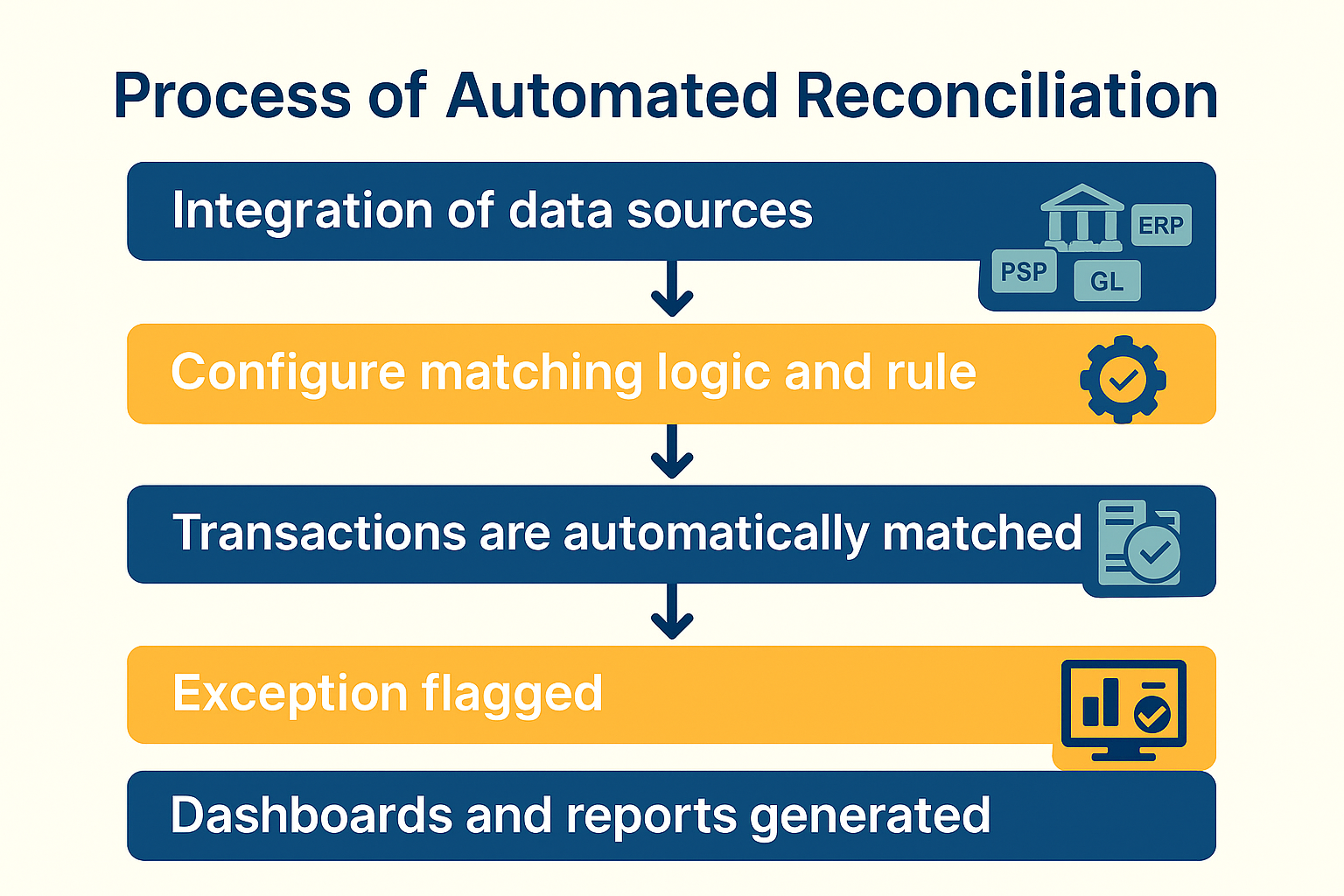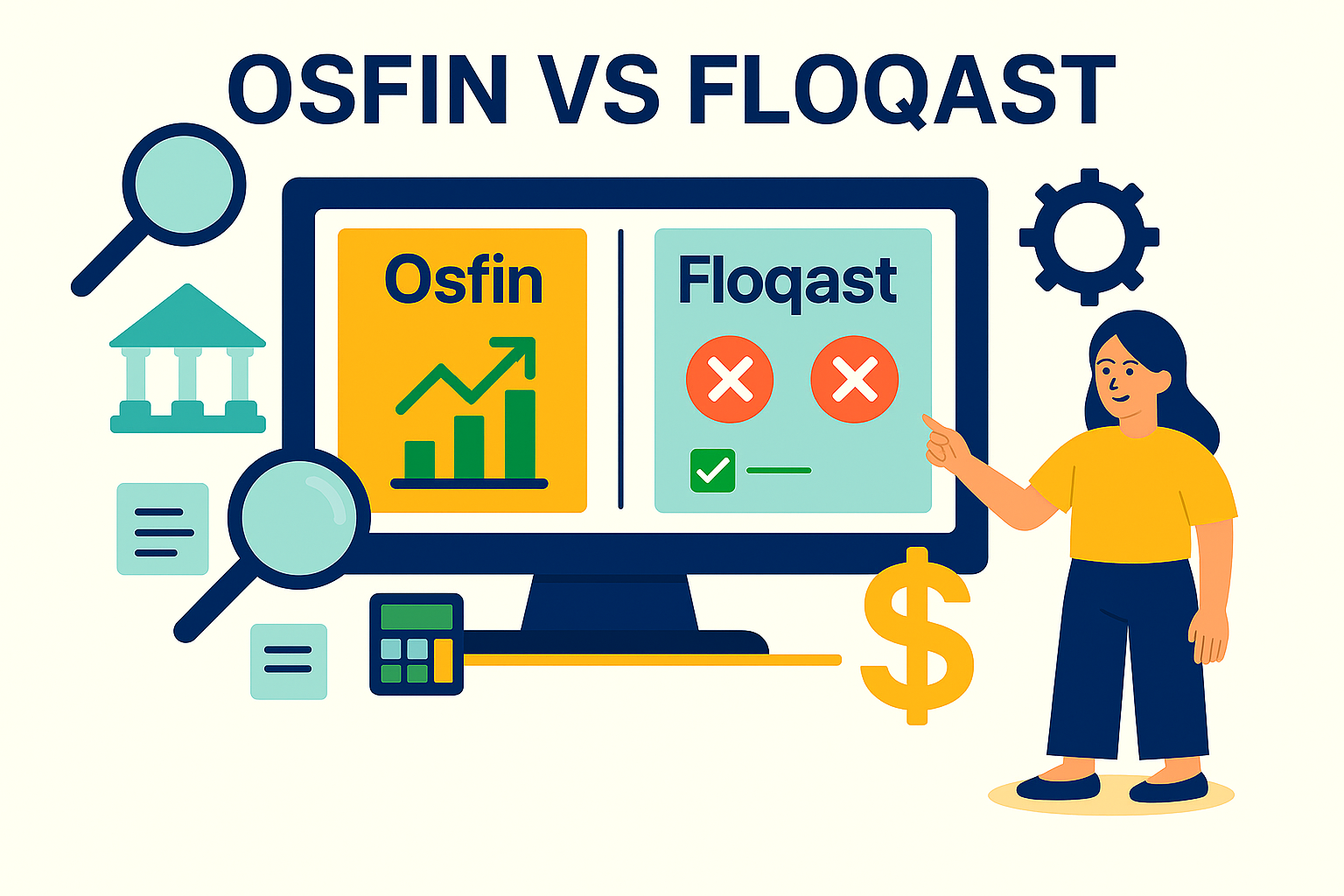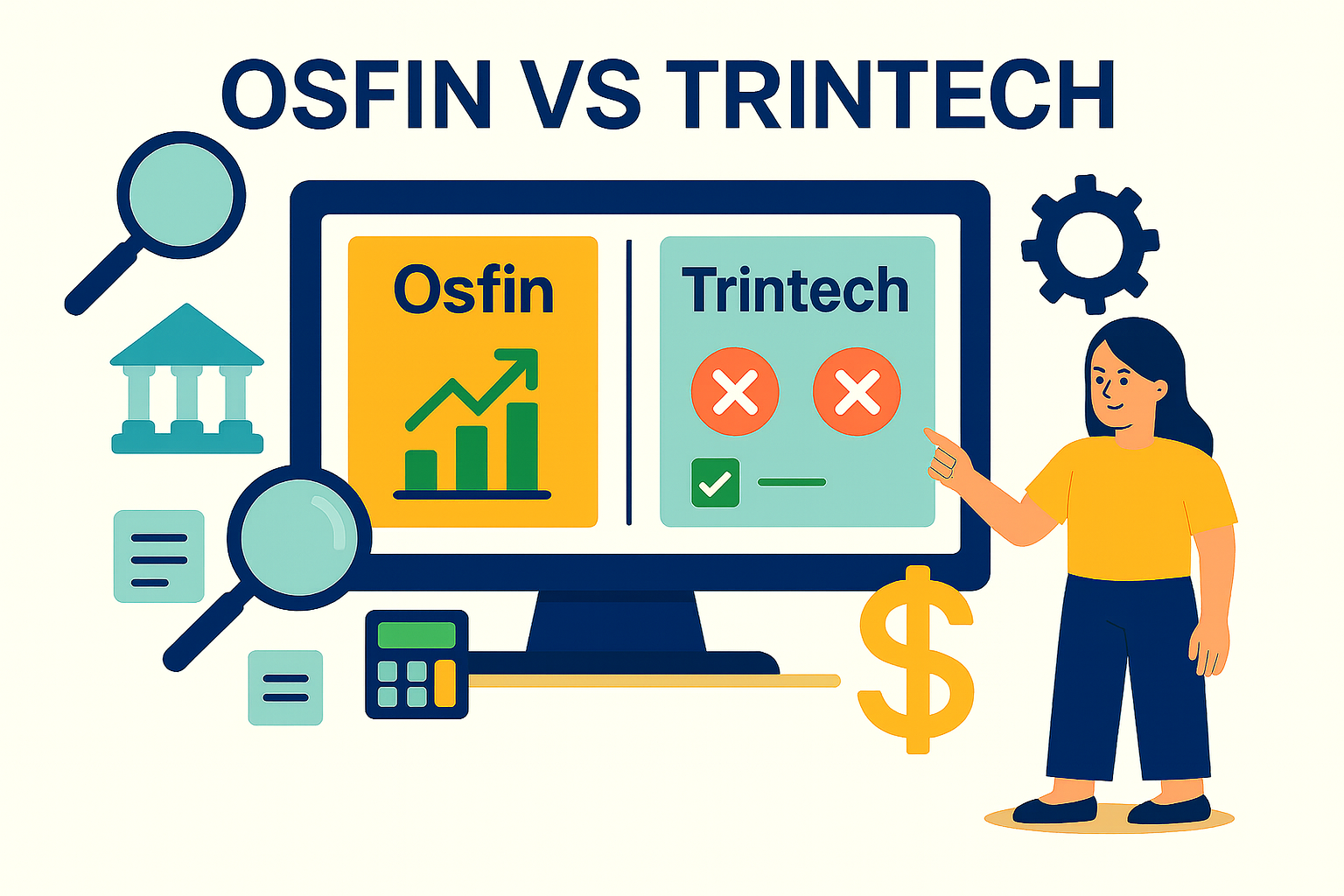Manual vs. Automated Bank Reconciliation: Differences?
While bank reconciliation is an important task in financial operations, it can get frustrating, too. One has to match the internal records with external data, such as bank statements or payment reports, to make sure that everything is organized and accurate. In theory, that sounds like a simple process, but in practice, it can be a time-consuming, tiring, and error-prone process, especially if it's attempted manually.
Most companies want to scale their operation and grow. The pressure might fall on finance teams that have to close books faster, provide visibility, and meet compliance standards. However, due to limited manual workers and ever-increasing transaction volumes, old-school manual methods might not cut it. The more the company expands, the slower, messier, and riskier the reconciliation process becomes.
Teams that still use the manual reconciliation process tend to be buried in repetitive work, which does not leave room for strategic thinking. These workers are so taken by errors, audit-trail breakdowns, and closing books that they cannot efficiently contribute to the company's growth. So, not only is manual reconciliation harming financial accuracy, but it is also stalling a company's growth.
This is why many modern finance teams have opted to work with automated reconciliation. Through the use of AI-driven tools and logic, reconciling millions of transactions in minutes is an easy task. In this article, we will explore what reconciliation is, what it involves, compare manual and automated reconciliation, and help you decide what works best for your business.
What Is Bank Reconciliation?
Bank reconciliation can be defined as the process of matching your company's internal financial records, such as sales, deposits, and payments, with your bank statements to ensure that everything is consistent and up to date.
It is a routine task that plays a strategic role in financial management. By ensuring that every incoming and outgoing transaction is logged and accounted for, companies can keep their book clear, prevent double entries or missed payments, and avoid financial errors.
Bank reconciliation is more than just spotting errors, it is about fraud detection, cash flow tracking, and preparing a company for audits. For fast-growing companies, since their transactions are high volume and errors could prove to be costly, it is important to maintain financial integrity. Reconciliation involves syncing data across different points, such as accounts payable, receivable, bank feeds, and the ERP or accounting system.
If this process is done right, then it enables the company to tighten its internal control, improve visibility into cash position, and build trust in its financial data, something every stakeholder would rely on to make smart decisions regarding their companies. Read More
Manual Bank Reconciliation
Manual bank reconciliation involves matching the internal financial data of a company with bank statements line by line, usually by using spreadsheets or paper documents. Finance teams review each transaction, identify discrepancies, and adjust entries to make sure that the data remains consistent. This method does offer a hands-on approach and a deep understanding of the transactions, but it is also unsustainable at scale.
The Process:
- The data is exported from the general ledger and bank statement.
- The transactions are then compared one by one to identify mismatches.
- Discrepancies are investigated by looking at receipts, invoices, or communication trails.
- The errors are fixed and adjusted.
- The reconciled data is documented, and reports are generated for audits.
Advantages:
- Full control and transparency: Manual methods give teams complete visibility into all the data.
- Low-tech setup: Spreadsheets are readily available and easy to use.
- Flexible for small teams: It is ideal for startups or businesses with low transaction volumes.
Disadvantages:
- Time-intensive and tedious: High-volume reconciliations can take hours or even days.
- Prone to human error: Mistakes, mismatches, or missed entries are common.
- Not scalable: As businesses grow, manual processes may break down.
- No real-time visibility: Reconciliations are delayed until someone manually attempts them.
- Inefficient use of finance talent: Staff spend time fixing spreadsheet formulas instead of focusing on strategy.
Challenges:
- Burnout and fatigue: Repetitive tasks and tight deadlines tend to wear teams down.
- Isolated processes: Without standardized templates or workflows, the reconciliation results can vary greatly.
- Lack of audit trail: Manual changes are hard to track, which poses risks for audits and compliance.
- Spreadsheet limitations: Data integrity tends to suffer when teams work with multiple files with no control.
- Risk mismanagement: All accounts get equal attention, and there is no ability to prioritize high-risk ones.
Manual reconciliation is a default starting point, but it cannot keep up with growing companies and businesses that want to aim for accuracy, speed, and growth.
Automated Bank Reconciliation
Automated bank reconciliation involves matching the internal financial data of a company with bank statements by using specialized software. Instead of manually reviewing each entry, the software uses a combination of rules, AI, and integrations to automatically match data, find inconsistencies, and provide real-time visibility. This allows the reconciliation process to be significantly faster and reduces the burden on the finance teams.
The Process:

- Start off with the integration of data sources, such as bank feeds, ERPs, PSPs, and GLs.
- The next step should be to configure matching logic and rules based on workflows and tolerances.
- After that, the transactions are automatically matched across ledgers and statements.
- Exceptions are flagged for review and investigation.
- Lastly, dashboards are generated with audit-ready reports for internal and external stakeholders.
Advantages:

- Saves time: Hours of manual matching and spreadsheet management is saved.
- Improves accuracy: Human error can be reduced through rule-based matching.
- Enables real-time cash visibility: Matched and unmatched items are noticed instantly.
- Creates audit trails: Since every match, comment, and correction is autologged with timestamps, audit trails are easy to create.
- Scales easily: High transaction volumes across entities, currencies, and systems can be handled easily.
- Supports exception management: Team efforts are focused on high-risk accounts only.
Disadvantages:
- Training required: Teams not familiar with automation tools require onboarding and training.
- Integration time: Initial integration time may be required, depending on systems and data readiness.
- Need for manual review occasionally: Some complex cases may still need to be manually reviewed.
Challenges:
- Data normalization: Different systems often organize data differently.
- Rule configuration: Defining thresholds and workflows for exceptions can be a complicated process.
- Change management: Teams may not be willing to switch from spreadsheets to automation.
- Ongoing maintenance: Keeping rules and integrations aligned with evolving business needs can be a tedious process.
Automated reconciliation has benefits such as freeing up finance teams from repetitive tasks and enabling smarter, faster closures. It is also beneficial for businesses with high transaction volumes, multi-entity operations, or regulatory demands that require strict audit trails.
Key Differences between Manual and Automated Reconciliation
Choosing between manual and automated reconciliation heavily depends on your business's size, complexity, and growth goals. Here's how the two methods compare:
For small-scale operations, manual methods might work, however, automation is the clear choice for businesses that prioritize accuracy, efficiency, and scalability.
Choosing Between Manual and Automated Reconciliation Methods
What you think is right for your company is your call and depends on your business' needs.
Manual reconciliation works for new businesses that are still in their early stages, have limited accounts, and low transaction volumes. While it can be time-consuming, error-prone, and hard to scale, it offers immediate control.
As a business expands, automated reconciliation becomes important for managing high-volume transactions, cross-system data, and regulatory requirements. Not only does it improve accuracy, but it also accelerates month-end close and reduces reliance on manual labor.
Osfin.ai is built for modern finance teams navigating the shift from manual to automated reconciliation. It automates reconciliation across banks, PSPs, ERPs, and internal systems, with no coding or patchwork spreadsheets required. Here are more features:
- Low-code setup.
- Automated transaction matching software with error detection.
- Real-time dashboards for faster closings and reporting.
- 170+ pre-built integrations such for CBS, ERP, Payment gateways etc.
- Built-in Audit-readiness by being SOC 2, ISO 27001, and PCI DSS compliant.
- Reduces manual effort by 80%+ and delivers 99%+ accuracy.
For teams scaling fast or operating in regulated industries, Osfin simplifies reconciliation while boosting speed, accuracy, and confidence.
FAQs on Manual vs Automated Reconciliation
1. What are the two types of bank reconciliation statements?
The two types are manual reconciliation and automated reconciliation. Manual reconciliation involves matching transactions by hand using spreadsheets, while automated reconciliation uses software to match, flag, and report transactions in real-time.
2. What is the benefit of using automated reconciliation systems in banks?
Automated systems save time, reduce human error, and improve accuracy and audit-readiness by automatically matching transactions, flagging anomalies, and generating real-time financial reports.
3. When should a company switch from manual to automated reconciliation?
A company should switch when transaction volumes increase, compliance requirements tighten, or manual processes start slowing down closings. Automation helps improve accuracy, reduce errors, and save time making it ideal for growing teams that need scalable, real-time, and audit-ready reconciliation.
4. Is automated reconciliation difficult to implement?
Not necessarily. Modern tools like Osfin offer low-code setups and pre-built integrations, making deployment fast often within two weeks. While some initial training is required, the long-term time and accuracy benefits significantly outweigh the learning curve.
5. Why is manual reconciliation risky for growing businesses?
Manual reconciliation doesn’t scale well. As transactions grow, it leads to delays, spreadsheet errors, and weak audit trails. Teams end up spending time fixing mismatches instead of analyzing data putting accuracy, compliance, and strategic decision-making at risk.


